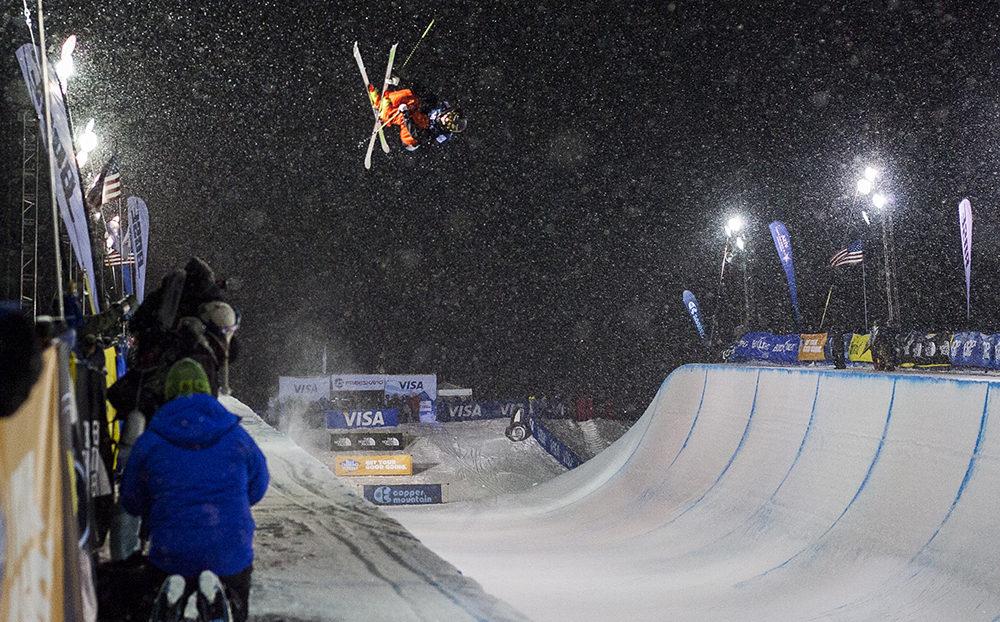
Kevin Rolland in the halfpipe at the 2013 Copper Grand Prix. Photo: Shay Williams
In a sport as inherently subjective as freeskiing, a consensus regarding judging criteria is hard to come by. Does the most technically difficult trick deserve the most points, even if the skier fails to add their own personal touch to it? The task of answering this question will fall upon the shoulders of a group of six freeskiing judges attending the 2014 Sochi Winter Olympic Games.
“The scoring judges are very experienced and have been working with the Association of Freeskiing Professionals (AFP) for a long time,” says head judge Josh Loubek. “The AFP worked closely with the International Ski Federation (FIS) to make sure we had experienced and qualified judges. Also the judges largely consist of former, and even one current, competitive skiers.”
In addition to former X Games competitor and AFP co-founder, Josh Loubek, other Olympic judges include AFP judge Raf Regazzoni; former Canadian competitive skier and current X Games head judge, Mike Atkinson; Swiss big-mountain competitor Greg Tuscher; former Swedish competitive skier Simon Tjernström; and Freeride World Tour head judge, Dion Wade Newport.
“Luckily, the world class judges that are handling this and the AFP rankings are guys that used to [compete],” says skier Tom Wallisch. “I think from the ground up it’s really been built well, where there is an opportunity to argue and discuss, and come to differing agreements on judging.”
In 2011, the FIS enlisted the help of the AFP to certify FIS judges as well as to develop a 100-point judging system in order to bring consistency to both AFP and FIS events. This created a standard of expectations that the athletes can use when executing their runs.
“I think we have been dialing in judging for the past 10 years. The X Games happen every year as do so many other events, so we have been doing it for a while,” says Loubek. “Snowboarding uses a very similar judging philosophy with a couple Olympics under their belt.”
The judging criteria centers around execution, difficulty, amplitude, variety and progression, but in the end, the judges are scoring runs based upon overall impression. Did the athlete successfully incorporate all of the criteria into their run? If any of the categories is subpar during the run, the score will suffer.
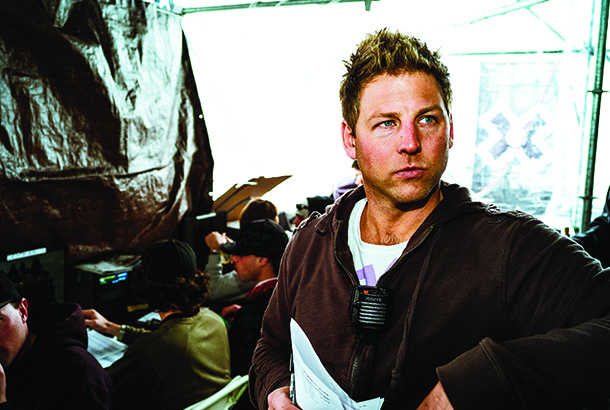
Head Judge Josh Loubek. Photo: Nate Abbott
“The nature of competition means we have to pick a winner and loser,” says Loubek. “The [judging] categories help guide us in that direction, in addition to having judges with unique perspectives. Between five scoring judges, we feel like no one judge can dictate the winner, rather it’s a combination of all their opinions mixed together.”
The athletes, for the most part, set the tone, based upon the runs that they execute. The beauty of the sport is with the wide range of competitors and their styles, any athlete can be standing atop that podium.
“I think it’s getting to the point in both halfpipe and slopestyle that there’s no dominant force like back when it was just Tanner [Hall] and Simon [Dumont],” says halfpipe skier Mike Riddle. “On any given day, there are a number of people that could win, especially in slopestyle. There were so many different guys on the podium all year.”
Here the issue of style comes into play. Because each run is judged upon overall impression, style can play a huge part in swaying the judges in one direction or another, as opposed to a single trick. “The most important thing that I see is that every run is judged on overall impression,” says Wallisch. “Instead of each individual trick, the fact that the whole run is judged as an overall run, it really helps to bring in style. The person that is the smoothest or has the most unique style is really going to benefit from that.”
The key to scoring well is understanding that both style and technical prowess must be combined in a run. Having one without the other is like having turkey without the gravy. It’s simply not as good as it could be. “You have to have the mix of technical difficulty and style, and on any given day there are multiple combinations that can win,” adds Riddle. “It’s just who does the best on that given day, and that’s the whole idea behind competitions. I think a lot of guys share that idea.”
So where does the word “free” come into play in competition skiing? Some think that freeskiers competing in a judged format undermines the whole philosophy of freeskiing, which is supposed to be a liberating and fun experience. “It is kind of like judging art,” says Loubek. “[There are] so many great athletes and so many cool styles. I think competition has helped progress the sport, pushing athletes to compete against each other. But who is to say the judges are always right?”
While athletes, competitive or not, embrace the liberating nature of the sport of freeskiing, they also understand the nature of being involved in competition. “It is a little bit of a toss up sometimes because, unfortunately, we do compete in a judged sport, so all you can really do is go out there and do what you think is going to score the best,” says Wallisch. “It’s one of those things we play with because if we wanted to have a clear cut winner every time, we’d be racers, but we like to have that creativity in that open environment to do what we want. It’s just something you have to deal with.”
“…the guy that’s doing something new and something different, standing out from the crowd, is the guy that scores well…” – Tom Wallisch
Someone will always be left out in the cold, and freeskiing fans will always have gripes with who won and who lost at any particular event. “From what I’ve seen in the last couple of years, for the most part the person that deserves to win is winning, and for the most part they get the top three pretty right,” says Riddle. “No matter how it’s judged, someone’s going to see and be like, ‘I don’t agree with that.’ It doesn’t matter if 90 percent of the people think the judges are right, some people are going to be upset about it.”
The key to freeskiing’s rise in popularity has always rested with the athletes, and the new, unique and ever-changing tricks. “Part of the judging criteria for us is the term ‘progression’ because for us, that’s such a key component to keeping the sport moving forward and changing and evolving and becoming something new and different,” says Wallisch. “We don’t want it to become aerials, where you’re just adding another flip or spin to something. I think because of this criteria, the guy that’s doing something new and something different, standing out from the crowd, is the guy that scores well.”
Loubek adds that the athletes are most important to continuing the growth of competitive freeskiing. “Judging will continue to evolve with the sport, hopefully in the right direction,” he says. “I just hope that the athletes dictate the direction of the sport, the judging and the future—not judges, not governing bodies, not events.”
When all is said and done in Sochi, we’ll have crowned four freeskiing champions, men’s and women’s in both slopestyle and halfpipe. And while the Games will end, it will just be the start of freeskiing’s emergence on a global scale. “The AFP and our judging crew are going to try our darndest to pick the best runs of the day,” says Loubek. “But when it comes down to it, all the athletes that have worked to get the sport to where it is today are true champions.”
Olympic Issue Download: This article was originally presented in Freeskier’s special edition, 2014 Olympic issue, available on now on iTunes. The Olympic issue is also available on newsstands, as of the same date.
Related: Destination: Rosa Khutor, Russia—more than just an Olympic venue

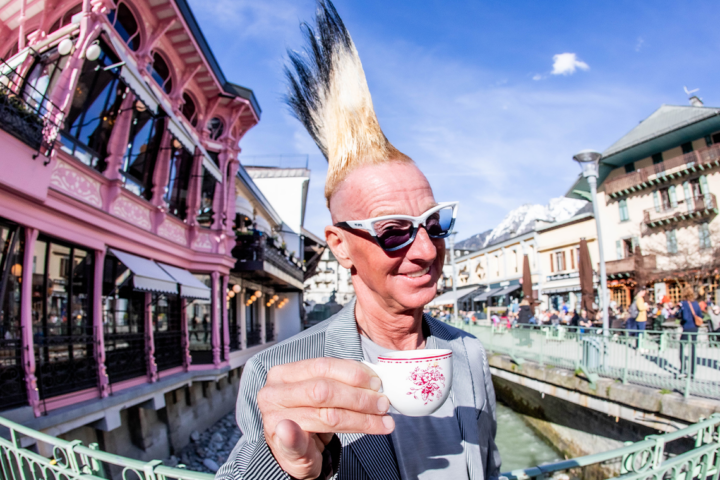
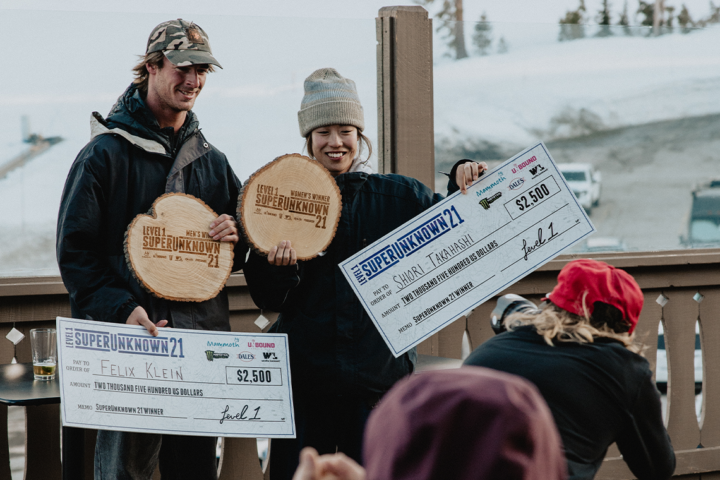

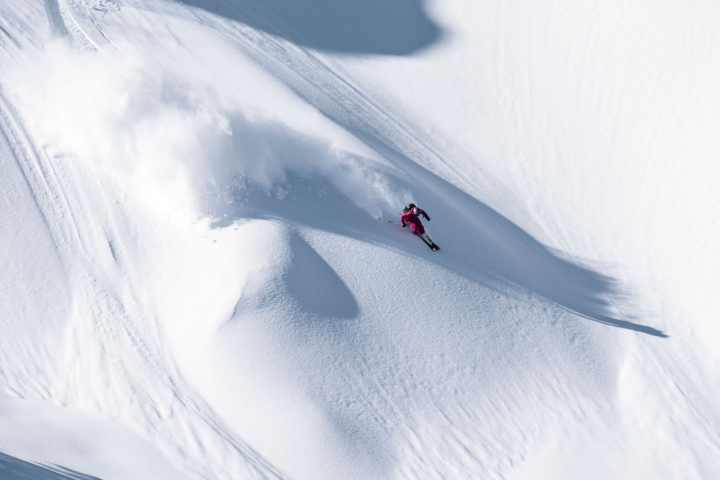
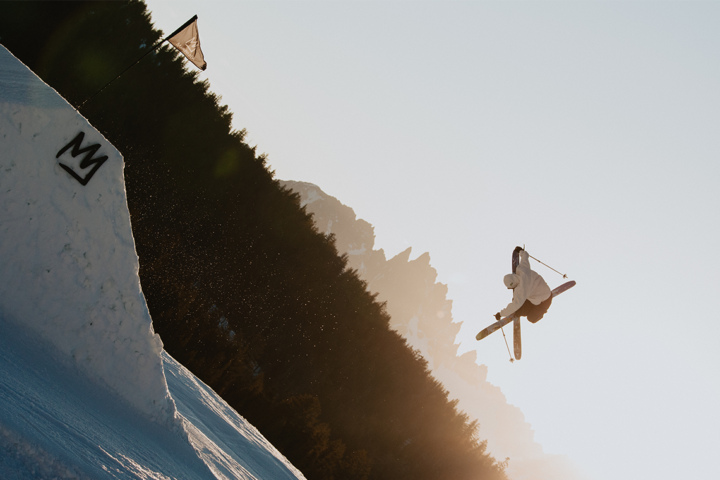
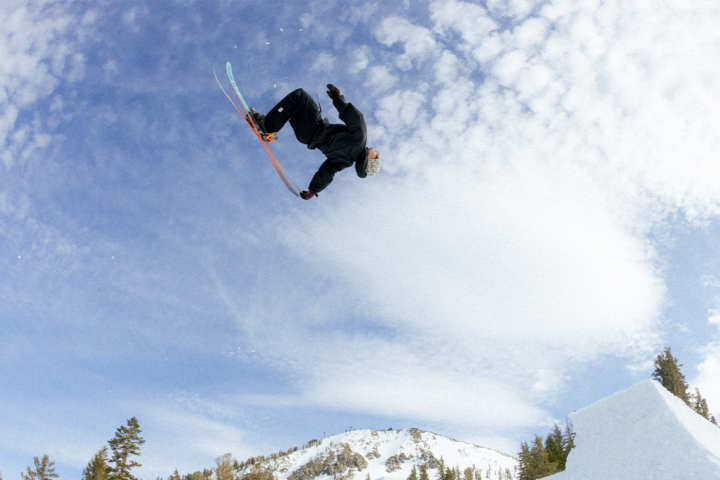
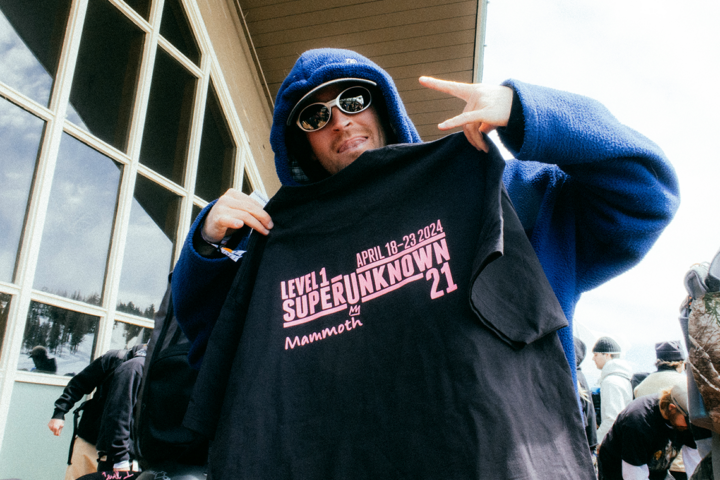


Comments are closed.